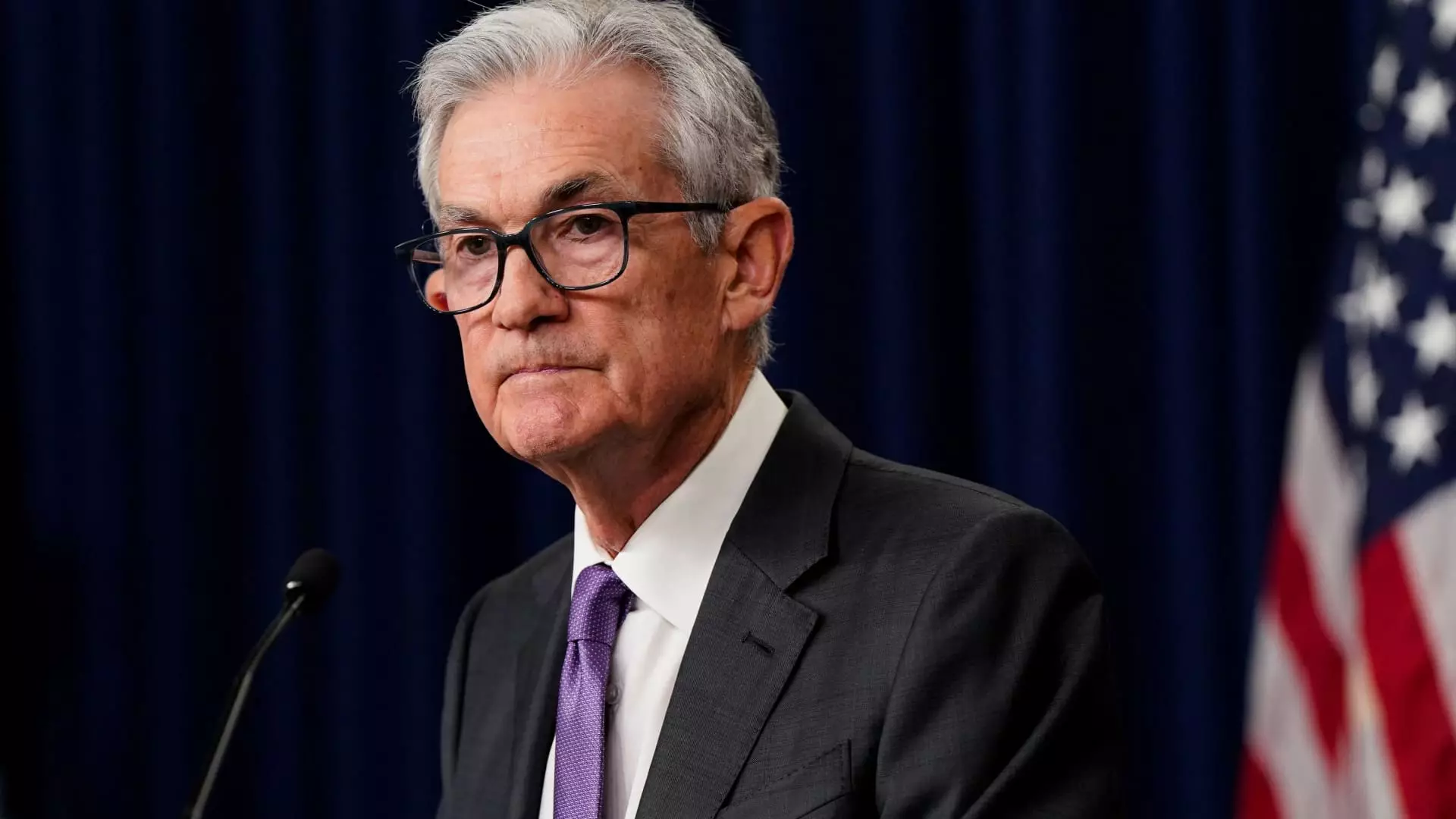Federal Reserve Chair Jerome Powell recently addressed the U.S. economy’s current state in regards to inflation and interest rates. Despite acknowledging the overall strength of the economy, Powell expressed concerns about inflation not meeting the central bank’s 2% goal. He emphasized that while there has been solid growth and continued strength in the labor market, inflation has not shown significant progress. As a result, Powell indicated that there is no immediate need for interest rate cuts and that the current policy stance should remain unchanged.
Powell’s comments reflect the Federal Reserve’s cautious approach to monetary policy. The Fed has maintained its benchmark interest rate at a target range between 5.25% to 5.5% since July 2023, following 11 consecutive rate hikes that began in March 2022. Powell reiterated that the current level of policy will likely remain in place until inflation moves closer to the desired target. He emphasized that the Fed is prepared to handle the risks associated with the current economic environment and will maintain the current level of restriction as needed.
Recent inflation data have shown higher-than-expected readings, with the consumer price index for March indicating inflation running at a 3.5% annual rate. While this is lower than the peak of 9% in mid-2022, it has been trending higher since October 2023. Powell highlighted the Fed’s preferred inflation gauge, the personal consumption expenditures price index, which showed core inflation at 2.8% in February and has remained relatively stable in recent months. The Fed is closely monitoring inflation trends to determine the appropriate time to ease policy.
Market Response
Powell’s remarks led to a rise in Treasury yields, with the benchmark 2-year note briefly surpassing 5%. The benchmark 10-year yield also experienced a 3 basis point increase. The stock market initially reacted to Powell’s comments, with the S&P 500 briefly turning negative before recovering. Financial markets have adjusted their expectations for rate cuts in light of the latest data, shifting from initial projections of multiple cuts in 2024 to now anticipating one or two reductions, possibly starting in September.
While some FOMC officials have suggested the possibility of three rate cuts this year, there remains uncertainty about the exact number and timing of reductions. Policymakers have emphasized the data-dependent nature of their decisions and have refrained from committing to a specific plan. Powell reiterated the need for greater confidence in sustainable inflation progress before considering any policy easing measures. The Fed continues to closely monitor economic indicators to gauge the appropriate policy response.
Powell’s recent statements underscore the Federal Reserve’s cautious approach to managing inflation and interest rates. While the economy shows signs of strength, the Fed remains vigilant in monitoring inflation trends and adjusting policy as needed. The uncertainty surrounding the number and timing of rate cuts reflects the data-dependent nature of the Fed’s decision-making process. As economic conditions evolve, the Federal Reserve will continue to communicate its policy outlook and respond accordingly to ensure price stability and sustainable economic growth.

Leave a Reply